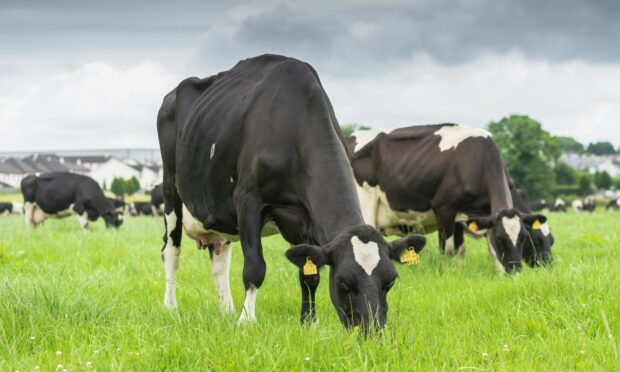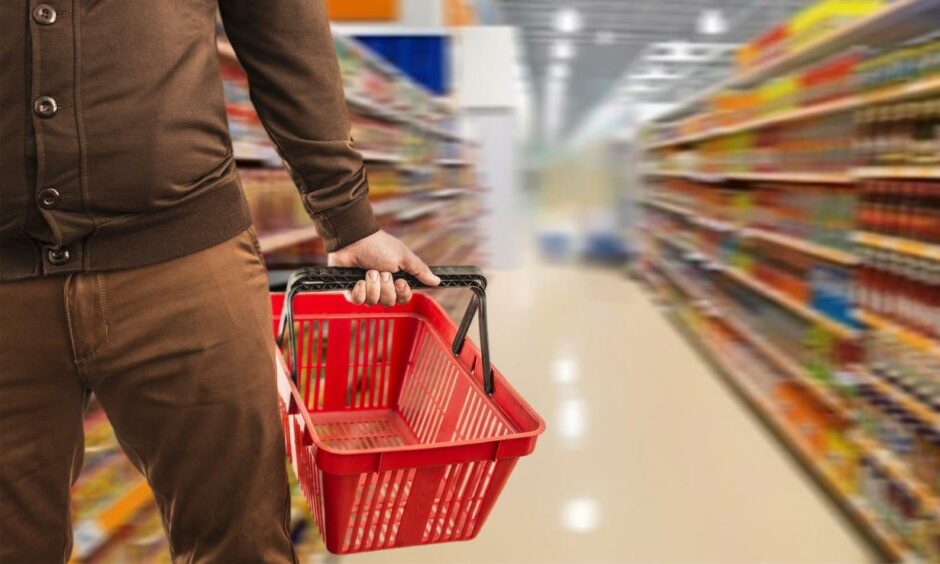Dairy farmers are the latest to be hit by the ongoing labour crisis in the agri-food supply chain with reports of some having to pour milk down the drain.
The Royal Association of British Dairy Farmers (RABDF) said it had received reports of a number of farmers having to dispose of milk due to a lack of HGV drivers.
“It is hard to put a number on the exact number of farmers affected, but at the moment, we believe it is only affecting a few producers,” said the association’s chairman, Peter Alvis.
“We are monitoring the situation, and should farmers be experiencing issues, we urge them to get in touch with us.”
He urged consumers to avoid the urge to panic buy dairy products in a bid to prevent future shortages.
“The global supply chain hasn’t fully returned to normal following the pandemic, and the shortage of HGV drivers is now adding to this problem, which is why we are seeing such an impact,” added Mr Alvis.
“That said, milk and dairy products are still making it through to the supermarket shelves, so it is important consumers continue to shop normally to avoid any shortage situations seen at the start of the pandemic when panic buying occurred.”
Meanwhile, the National Pig Association says a number of farmers have started culling animals on farms.
The association has previously warned that more than 120,000 pigs would need to be destroyed on farms due to a lack of labour in the meat processing sector.
NPA chief executive, Zoe Davies, said: “We know of a handful of farmers who have had to cull some pigs – around 600 we are aware of in total.
“There has been no mass culling yet – although I do believe this is the next stage in the process. As you can imagine this is hugely difficult for the farmers involved.”

